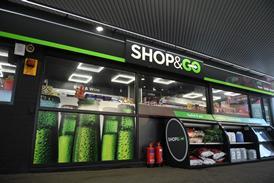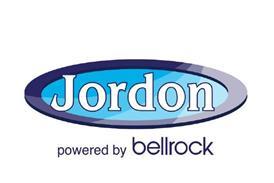Wow what a season for avid followers of Formula One motor racing - and, come to that, even those who are not remotely interested in motor racing, but are just grateful to see somebody British winning anything at all. And so it was that - up to 13.1 million of us in the UK according to TV reports - were sitting glued to our seats on Sunday November 2 watching the final gripping moments of the Brazilian Grand Prix and what is being touted as one of the most dramatic finishes to an F1 world championship.
Lewis Hamilton, at just 23 years, 20 months and 26 days became the youngest champion in F1 history. He took the title by a single point on the final lap of the final race of the 2008 season. As most of you will know, he drives for the McLaren Mercedes team. And those with an Esso-branded forecourt will be very aware of the long-standing technology partnership of ExxonMobil with McLaren and the knock-on effect such a high-profile activity has on sales of lubricants.
Rupert Bravery, ExxonMobil’s strategic global alliances manager, says sales of all Mobil products are up by 30% year to date: "We are increasing sales of our Mobil 1 when generally lube sales have dropped off in recent years, though people are no longer spending time doing DIY on their cars. Also, service intervals are longer."
But while car engines have grown ever more complex - not many motorists even bother looking under the bonnet anymore except to fill the screenwash bottle - so are the oils that lubricate them. The need for more sophisticated motor oils has therefore created both a need and an opportunity for oil companies such as ExxonMobil to get involved with developing lubricant technology at its highest and most demanding level - Formula 1 motor racing.
Mobil’s claim to fame is that it developed the "first genuine, fully synthetic automotive engine oil"- Mobil 1, in 1973. It was designed to exceed industry performance specifications, and immediately set new standards in lubrication and technology. The company says it also provides significant performance benefits resulting from its ability to dramatically reduce friction - cold starting below minus 30°C and stability at over 180°C demonstrate the product’s ability to operate over a wide temperature range.
Bravery says New Mobil 1 with SuperSync anti-wear system, launched in 2002, helps give cars and motorycyles exceptional protection against engine wear under normal or even the most extreme circumstances, and was the result of the company’s work with McLaren, Mercedes-Benz and other leading technology companies.
While Mobil has been involved with motor racing since the 70s, the link with Maclaren Mercedes goes back to 1995. The company works right at the heart of the F1 team. Tony Harlow is ExxonMobil’s motorsport technical co-ordinator. He works at the stunning, high-tech headquarters in Woking (pictured below), which is like being on the set of a James Bond movie. Showcasing the best of its motor racing stable, including an extensive trophy cabinet, the facility includes the factory for the Mercedes-Benz SLR McLaren Roadster, as well as the extensive workshops - and a huge wind tunnel - where the F1 development takes place. There is no sign of grease, or the slightest speck of dust throughout the complex with its gleaming white floors and acres of glass.
"We are now in our 13th season with McLaren as technology partners," says Bravery. "It has two main benefits for us. First we get to showcase our technology in F1. Secondly, motor racing is a great testing ground for the oil. On the forecourt it means motorists can - and are - making a confident purchasing decision. Retailers should make the most of the opportunity by keeping well stocked - particularly of the 1ltr top-up. It can bring them healthy profits."























No comments yet